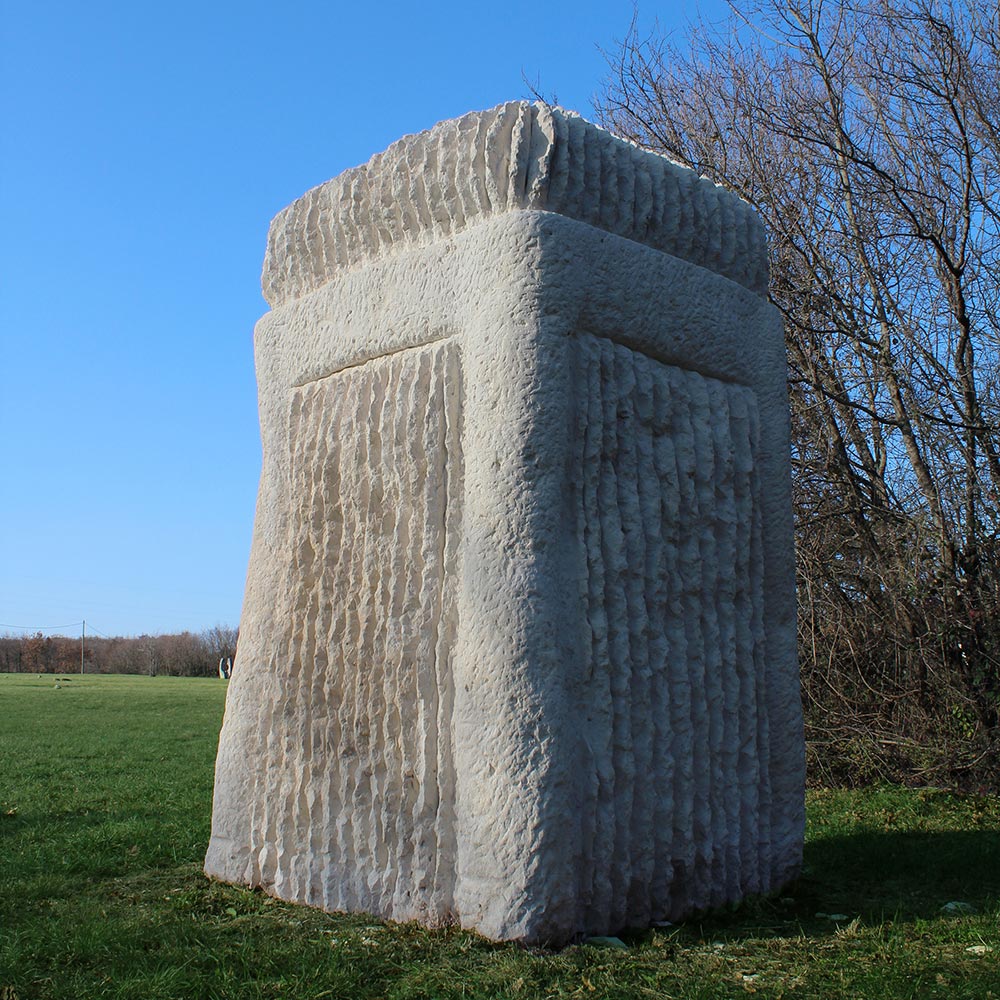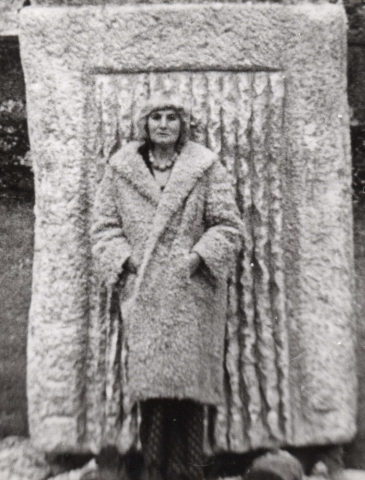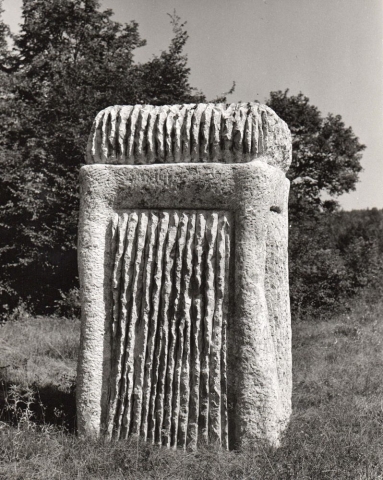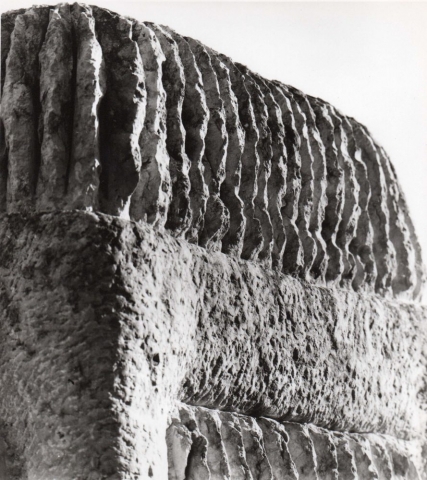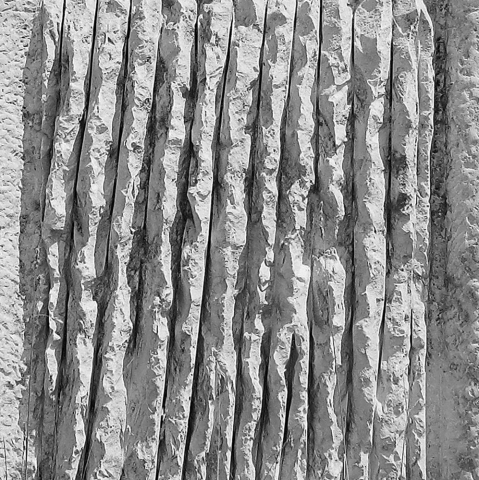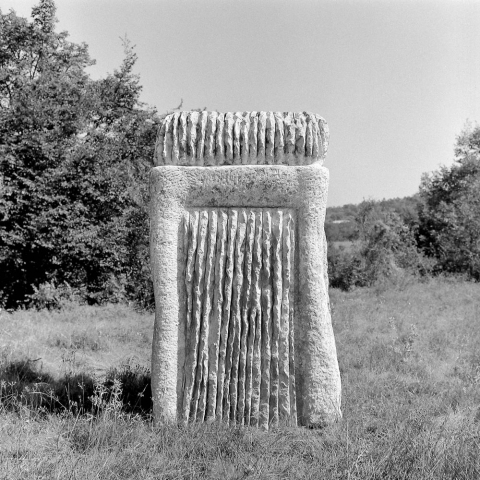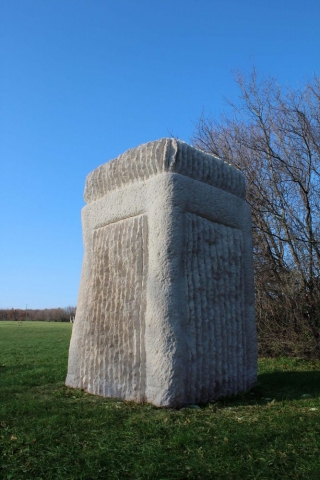
She was born in Radstadt, Austria, in 1912. She grew up in Graz, where she attended the School of Applied Arts and trained as a potter. During her time she was a revolutionary, as one of the most prominent female artists among the multitude of young, later very well-known, artists at the beginning of the Second Austrian Republic. The experiences of war and national socialism had a great impact on her life and work. Immediately after the German annexation of Austria, she left Graz and went to Vienna, where she worked as an auxiliary worker in a pottery factory. After the war, on the male-dominated art scene, she once again stood out as the founder of the ”Art Club” and soon became a successful sculptor. In the 1970s, along with Karl Prantl, she became the head of the famous sculpture symposium in St. Margarethen and began working on large stone sculptures. In 1978, she started working as a professor of ceramics at the Faculty of Applied Arts in Vienna, where she remained until 1982.
Her oeuvre is characterized by various forms, the organic connection between modernity and archaism, and above all the crossing of all boundaries in art. Her works include: sculptures, ceramics, paintings, utility objects, tapestries, reliefs… She is the author of many significant works in public spaces in Austria and abroad. She participated in numerous solo and group exhibitions at home and abroad. Her works were presented at the Venice Biennale (1950, 1954), the Sao Paulo Biennale (1953, 1959), the Milan Triennale (1954, 1957, and 1960) and many other important world exhibitions.
In 1995, in Sommerein, Lower Austria, Maria Biljan-Bilger Exhibition Hall was built as an extension of her former studio, which includes a large collection of her works. She died in Munich, Germany, in 1997.
She participated in the Mediterranean Sculpture Symposium in 1971.
Title: Bollard
Year: 1971
Dimensions: h.w.l. 220 x 130 x 120 cm
Location: Park of sculptures Dubrova
